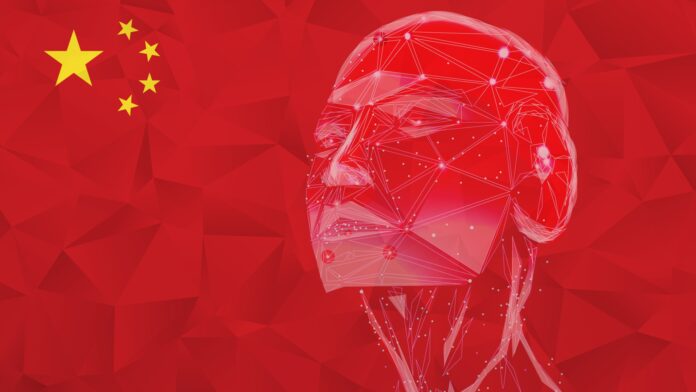The United States was leading in AI research until 20 years ago, leaving China well behind. Both public and private institutions saw an increase in AI production in the US when China was conducting mining operations in global manufacturing. But China has been catching up over the years. According to experts, China has now become a world leader in AI publications and patients. It is capable of being the AI superpower as China’s position progresses.
The progress made in China is humorous, according to the 2018 China AI Growth Report and the latest studies on the economic and social effects of AI technologies. Previously, the contribution of China to the global share of AI research papers was 4.26 percent, which has now jumped to 27.69 percent. These staggering numbers mean that China, even the United States, has left behind every country.
In filing more AI patents than any other country, China is also consistent. As of March 2019, there are 1,189 AI companies in China, second to the 2,000 operating AI companies in the USA. Chinese companies focus more than other competitive countries on speech recognition, speech synthesis, image recognition, and video recognition devices.
Although this is amazing, the circumstances that helped China to rise in the AI field may also jeopardize its future AI growth. Field interviews were conducted by Harvard Business Review to explain this. They spoke to 15 AI-related organizations from various industries and used the catch-up cycle theory, a paradigm developed to explain the sudden shift in industrial leadership in a region.
The catch-up paradigm suggests that changes in market conditions, technology, and policy environments may put early starters and late starters in an equal position under some circumstances. For late-starters, by reducing the benefit of incumbents, it can open a window of opportunities. For example, while Nokia was the cell phone market leader, the advancement of smartphones flattened Nokia’s position and created a chance for fast-movers like Samsung to overtake it.
Unlike some, the analysis does not guarantee a solid result in the field of artificial intelligence. Although research offers a roadmap for a creative way forward, AI innovations occur with data on consumer usage and businesses optimize the AI software from what they learn from the data provided.
Currently, everyone is proud of publishing AI research findings, according to one of the managers of NISE Intelligent Technology. Generally speaking, it’s not too difficult for anyone to work out the code and apply it in this profession if you publish the article. This comes from a start-up that specializes in AI algorithms and AI chips. Such is the case because AI is an available science.
The enormous market size of China allows it to get massive data sets for AI innovation. For example, as of now, Didi, the Chinese version of Uber and the world’s largest ride-sharing company, processes more than 70 TB of data, with 9 billion daily routes and 1,000 car requests per second. Such a market not only offers big data benefits but also provides strong economic incentives that generate vibrant markets for startups and organizations in their industries to pursue AI applications.
In recent years, China has implemented a range of AI-friendly policies that send a signal to AI stakeholders, investors, and entrepreneurs that the government supports them. This is about China’s lack of specific rules on privacy. The ubiquity of surveillance cameras in China, for instance, generates data for AI companies specializing in visual and facial recognition. Most countries with stringent rules on public privacy will not see such a fast rise in AI.
Follow and connect with us on Facebook, Linkedin & Twitter

